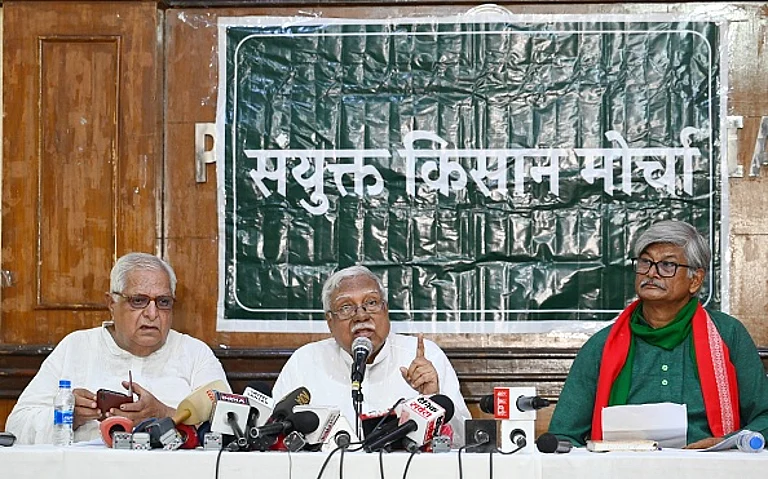The informal sector, as it is called more frequently these days—the unorganized sector—is, of course, the bedrock of India's edifice. It has normally been a sector in which intensification of regulation was easy to carp away with low levels of financial services and minimalist labor protection. According to Annual Survey of Unincorporated Sector Enterprises reports, published a few weeks back, 2021-22 and 2022-23 offered statistics on the sector's size at nominal prices. However, a follow-up research by India Ratings and Research reveals that such firms' Gross Value Added (GVA) fell 1.6% in real (inflation-adjusted) terms between 2015-16 and 2022–23. (The previous similar study had been conducted in 2015-16.)
The informal sector's development fell short of its potential owing to economic shocks, costing India an estimated ₹11.5 trillion (or 4.3% of the 2022-23 GDP) throughout the seven-year period.
What Does the data say?
According to the National Statistical Office (NSO) report. It shows that the percentage of employment in the informal sector declined from 68.2% to 62.4% between 2017-18 and 2020-21. This 5.8% decline is a significant indication of the contraction of the informal sector. Additionally, After gaining 11.7 million workers from the pandemic lows in April 2021-March 2022, total workers engaged in India's enormous informal sector remained below the pre-pandemic level, at 109.6 million.
However, According to recent data from the e-Shram portal, around 28 crore unorganised workers were registered in 2021-22. This is a significant number and shows that the government is working towards recognising informal sector workers and providing with them social security.
Similarly, according to data from the National Payments Corporation of India (NPCI), the number of Unified Payments Interface (UPI) transactions grew from 12.5 billion in 2019 to 91 billion in 2023. This is an increase of about 628%, reflecting the rapid digitisation of small businesses and individual transactions.
Significance of the Informal Sector
The informal sector has been a considerable part of the Indian economy for quite a long period. A report by the National Sample Survey Office and International Monetary Fund, 2017-18, estimated that around 90 % of the workforce in India belongs to the informal sector. Not only this, but also, according to the study, the informal livelihoods contributed about 50 percent towards the Gross Domestic Product and 85 percent of the non-agricultural employment. This sector has provided an important safety valve for many Indians for whom access to formal job markets was not possible.
Factors Contributing to the Reduction of the Informal Sector
Experts believe that government measures in the recent past, such as GST and Digital India, have a significant impact on the informal sector. In fact, the rationale behind the introduction of GST was to bring more and more businesses under the tax net, which has resulted in increased formalization. The Digital India program aimed at the use of technology in business operations has compelled many informal businesses to go for recognised formalization.
Also, many initiatives like the PMJDY and Mudra Yojana have provided opportunities for financial inclusion to smaller businesses and entrepreneurs, pushing them toward formalization. PMJDY itself resulted in the opening of more than 450 million bank accounts since its launch.









.jpg?auto=format%2Ccompress&fit=max&format=webp&w=768&dpr=1.0)

















